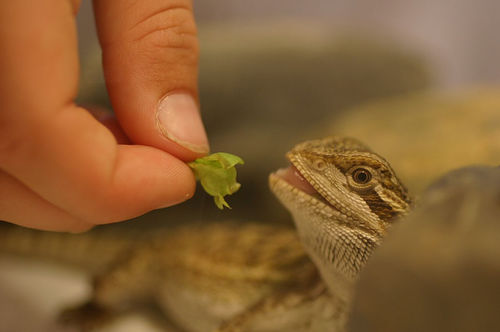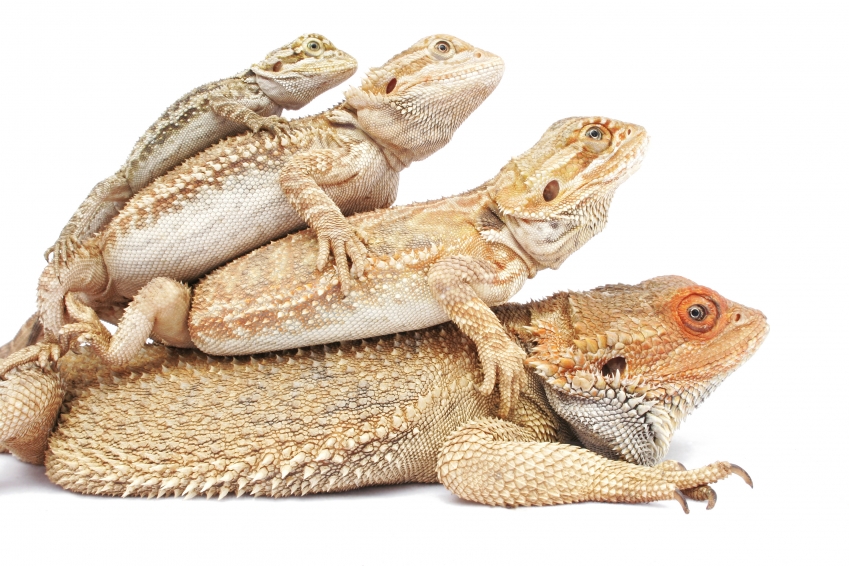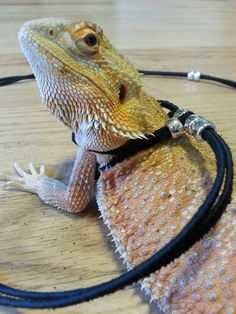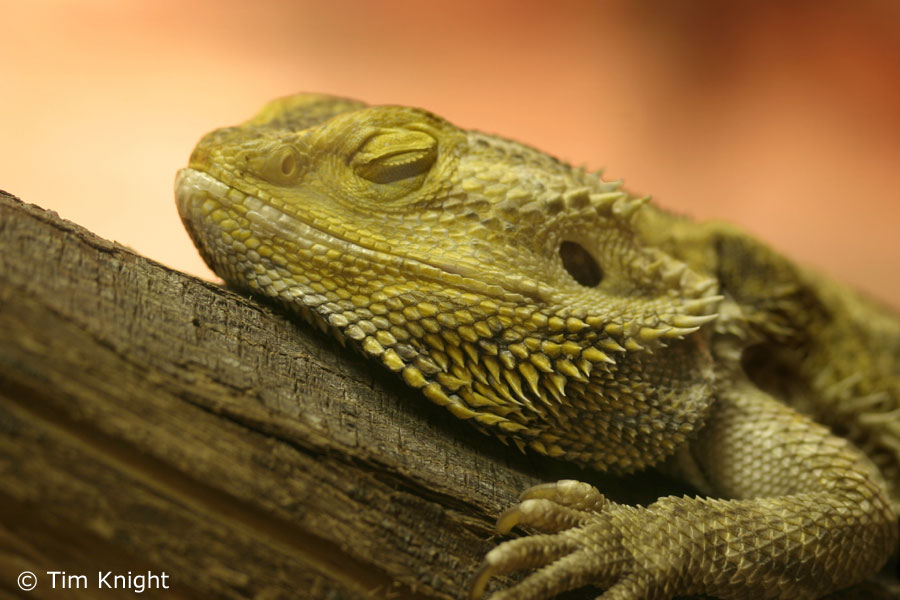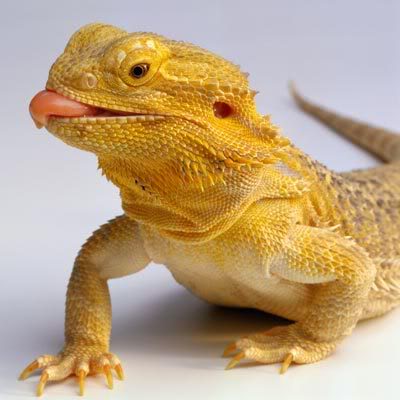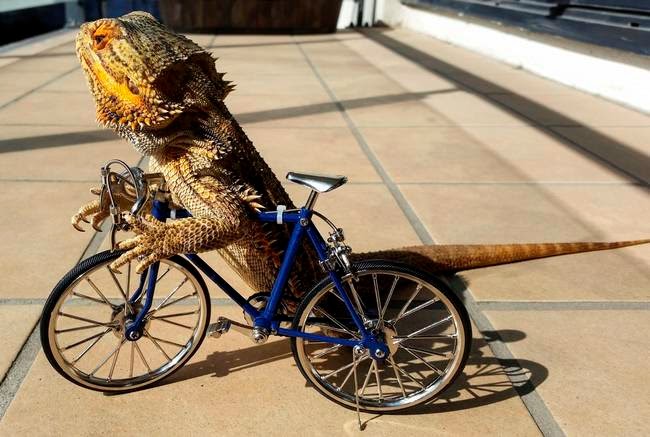Is My Bearded Dragon Dead or Hibernating? A Guide for Beginners
Introduction
Bearded dragons are popular pets among reptile enthusiasts. These majestic creatures are fun companions that bring life to any room. However, if you’re a beginner owner, it’s common to encounter instances of confusion or concern over your pet’s hibernation. You may think your bearded dragon is dead, but it may actually be hibernating. This blog post will guide you through the signs of hibernation and what to do if your bearded dragon is hibernating.
What is Hibernation?
Hibernation is a survival mechanism that bearded dragons and other reptiles use to conserve energy during the colder months of the year. Bearded dragons in the wild typically hibernate during the winter, when food is scarce and temperatures drop. This behavior ensures they have enough energy for the next season.
Signs of Hibernation
There are several signs that your bearded dragon may be preparing to hibernate. The most notable signs include:
- Loss of appetite
- Decreased activity levels
- Lack of interest in stimuli
- Darkened skin
- Sleeping for long periods
- Burrowing behavior
Is My Bearded Dragon Dead or Hibernating?
It can be difficult to differentiate between a hibernating bearded dragon and a dead one. However, there are a few things you can look for to determine if your pet is hibernating or not.
Breathing
The first thing you should look for is breathing. If your bearded dragon is hibernating, it will still be breathing, but at a much slower rate. You will need to observe for a few minutes to see if there is any movement.
Temperature
Bearded dragons need a specific temperature range to survive. If your pet is dead, it will not respond to any temperature changes. However, if your bearded dragon is hibernating, it will still have a slow metabolic rate, and its body temperature will be cooler than normal. You can check this by using a thermometer on its body or in its enclosure. Be sure not to disturb them in the process.
Movement
Bearded dragons hibernate by staying still for long periods of time. However, they will still move and adjust their position from time to time. If your pet has been in the same position for an extended period, it’s possible that they may be dead. But if you see slight movement every so often, it’s a sign that they are still alive and hibernating.
What to Do If Your Bearded Dragon is Hibernating
If your bearded dragon is hibernating, there are several things you can do to ensure its safety and well-being.
Leave Your Bearded Dragon Alone
Hibernation is a natural process, and it is important to let your pet rest. Do not disturb them, and do not feed or handle them during this time.
Monitor the Temperature
It is important to keep your bearded dragon’s enclosure at a consistent temperature throughout the hibernation process. This will help ensure their safety and well-being. If the temperature fluctuates too much, it can be dangerous for your pet.
Provide Water
Your bearded dragon will still need access to water during hibernation. Make sure their water dish is clean, full, and easily accessible.
Watch for Signs of Illness
Hibernation can weaken a pet’s immune system, making them more susceptible to illness or infections. Watch for signs of illness such as discharge from the nose or mouth, weight loss, and lethargy. If you notice any of these signs, contact your veterinarian immediately.
Conclusion
In conclusion, it’s essential to understand the signs of hibernation in bearded dragons to avoid potential confusion and panic. If you determine that your bearded dragon is in hibernation, it’s essential to take the necessary steps to ensure its health and safety. Remember, the key to a healthy and happy bearded dragon is proper attention, care, and monitoring. With these tips, you’ll be well-equipped to give your pet the best possible care and attention possible.
Image Gallery
